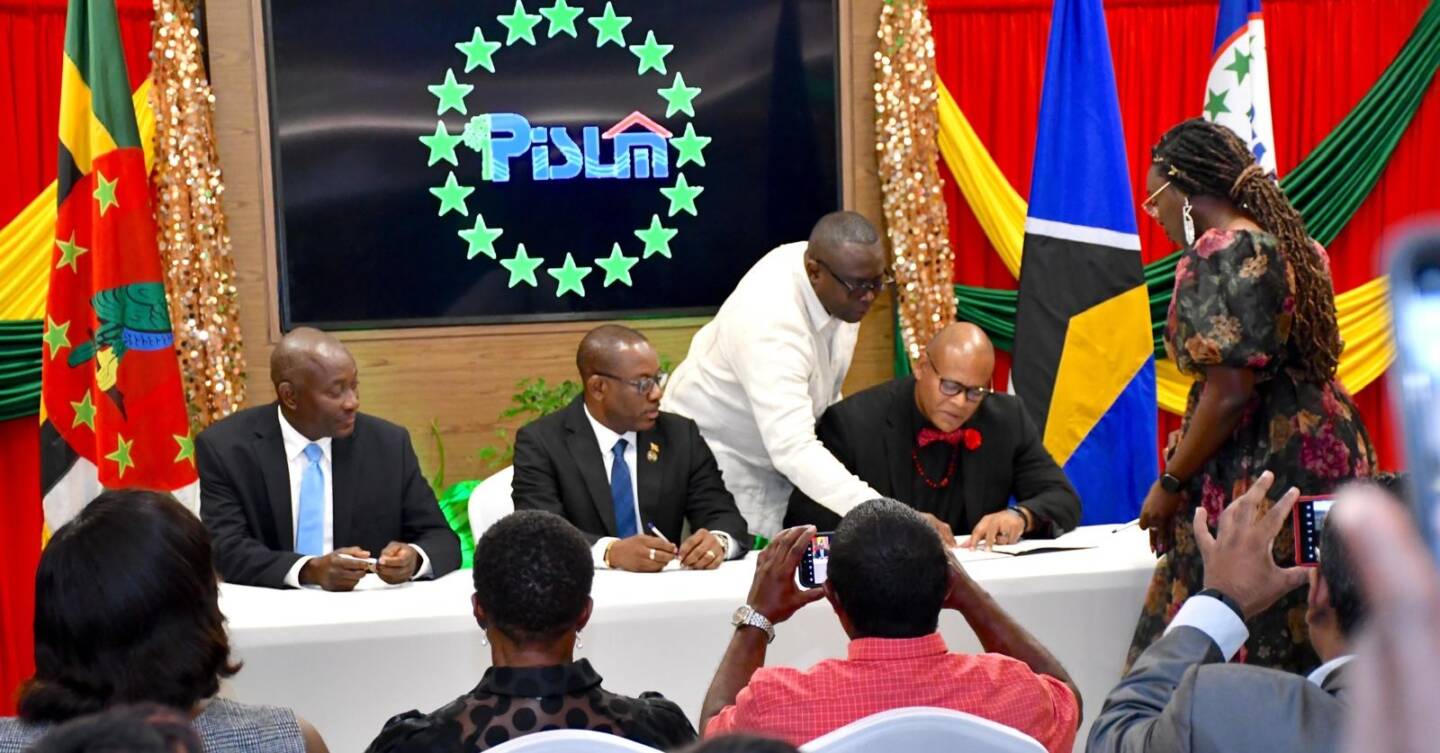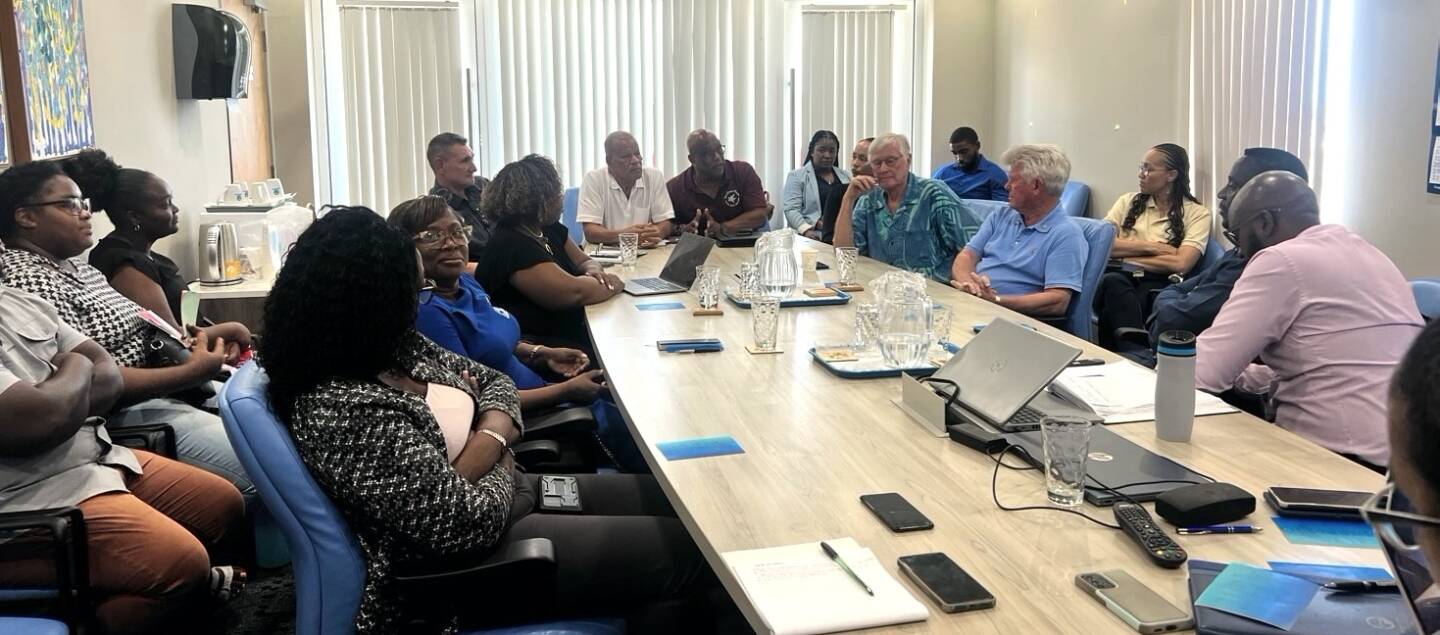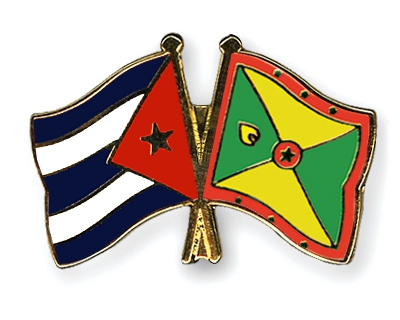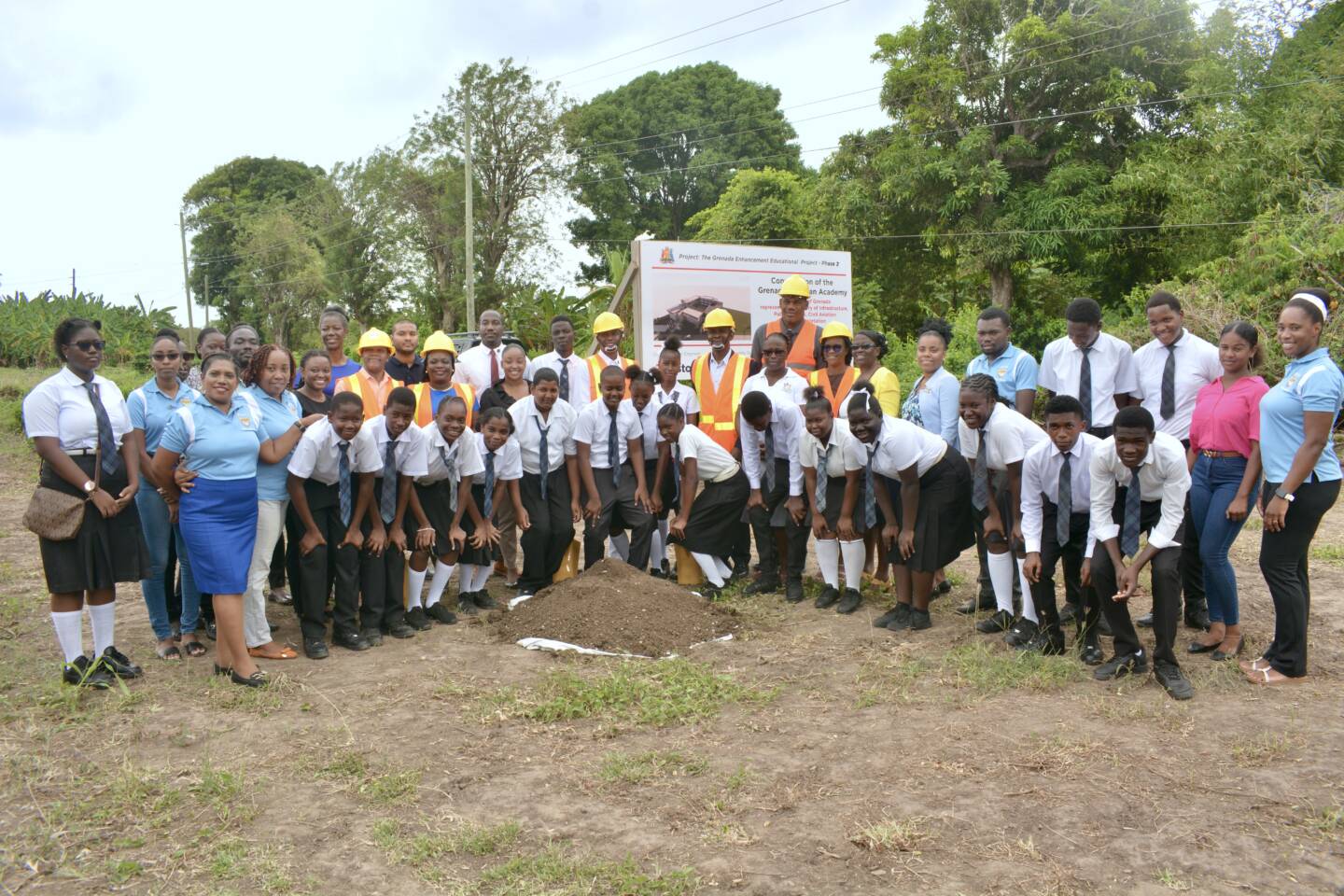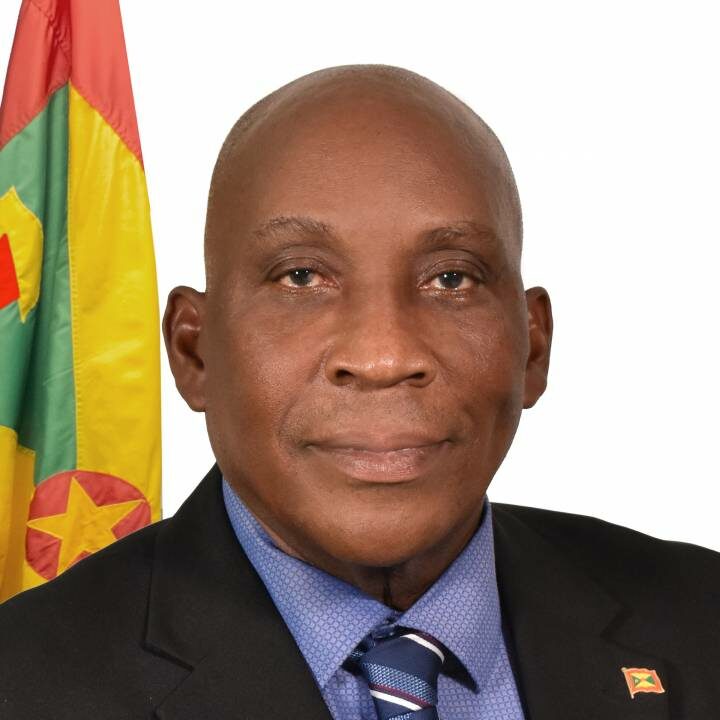[vc_row][vc_column][vc_video link=”https://youtu.be/_p_A7PtTkJU” align=”center”][/vc_column][/vc_row][vc_row][vc_column width=”1/2″][vc_masonry_media_grid grid_id=”vc_gid:1559155671801-54dc9524-0517-0″ include=”58029,58045,58046,58040,58041,58042,58043,58044,58038″][/vc_column][vc_column width=”1/2″][vc_column_text]On 13 March 1979, members of the National Liberation Army, the armed wing of the New Jewel Movement (NJM), attacked the Grenada Defence Force (GDF) barracks at True Blue, and began the Grenada Revolution.
The People’s Revolutionary Government (PRG) formed with Maurice Bishop as Prime Minister. Bishop declared in his address to the nation via the now renamed Radio Free Grenada on 13 March, that “this revolution is for work, for food, for decent housing and health services, and for a bright future for our children and great grand-children.”[/vc_column_text][/vc_column][/vc_row][vc_row][vc_column][vc_separator color=”custom” accent_color=”#dd3333″][/vc_column][/vc_row][vc_row][vc_column][vc_video link=”https://youtu.be/FJOyW9k0F_Y”][/vc_column][/vc_row][vc_row][vc_column width=”1/2″][vc_column_text]During the 4½ years, many innovative social and economic policies were put in place. Strides were made across the economy, especially in agriculture, agro-processing, education, health, labour, youth, creative arts and women’s affairs.
Each year was dedicated to a specific objective to be achieved:
- 1979 – Year of Liberation
- 1980 – Year of Education and Production
- 1981 – Year of Agriculture and Agro-Industries
- 1982 – Year of Economic Construction
- 1983 – Year of Political and Academic Education
- 1984 – Year of the International Airport
[/vc_column_text][/vc_column][vc_column width=”1/2″][vc_masonry_media_grid grid_id=”vc_gid:1559155671803-baf90ae3-3e25-10″ include=”58034,58033,58032,58031,58039,58030,58037,58048″][/vc_column][/vc_row][vc_row][vc_column][vc_video link=”https://youtu.be/K-107ny9J60″][/vc_column][/vc_row][vc_row][vc_column][vc_column_text]Disagreements led to fracturing within the People’s Revolutionary Government. On the night of 18 October 1983 the majority of the members of the PRG publicly announced their resignation, resulting in its collapse.
The next day, 19 October, 17 people, including Maurice Bishop, several cabinet members, soldiers and some civilians were executed at Fort Rupert. The murderous act prompted the US government of President Ronald Reagan to invade on 25 October 1983, using alleged concerns for the safety of its citizens as the pretext, and delivering the final blow to the historic Grenada Revolution.[/vc_column_text][/vc_column][/vc_row]






